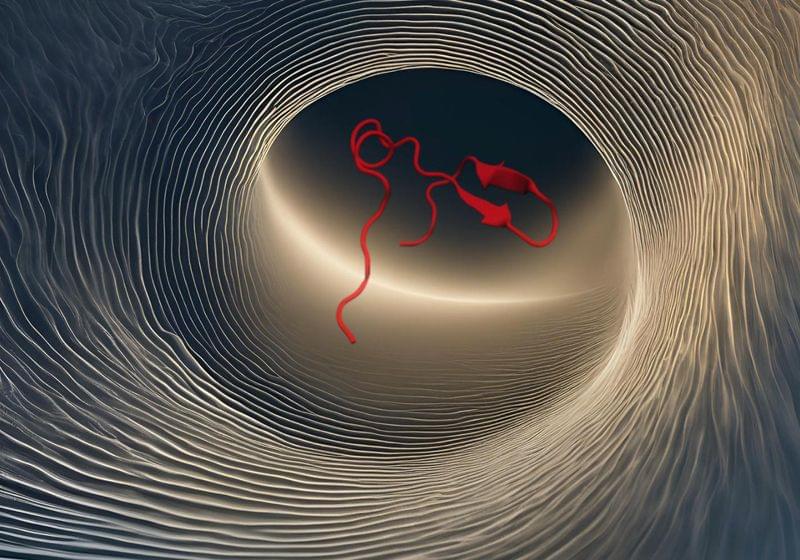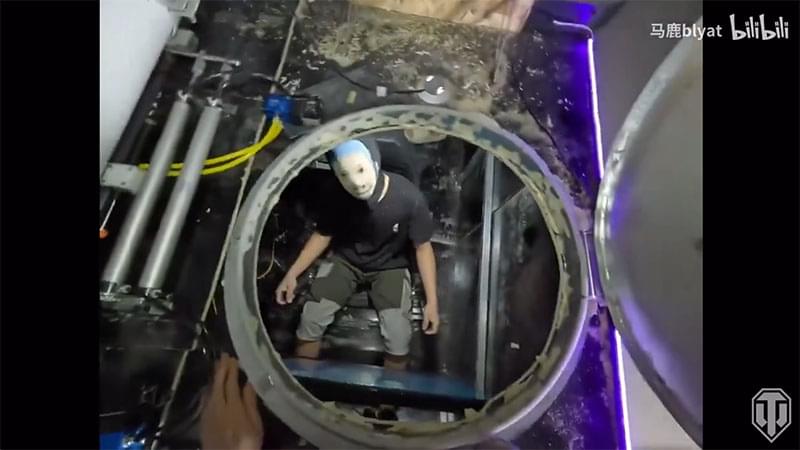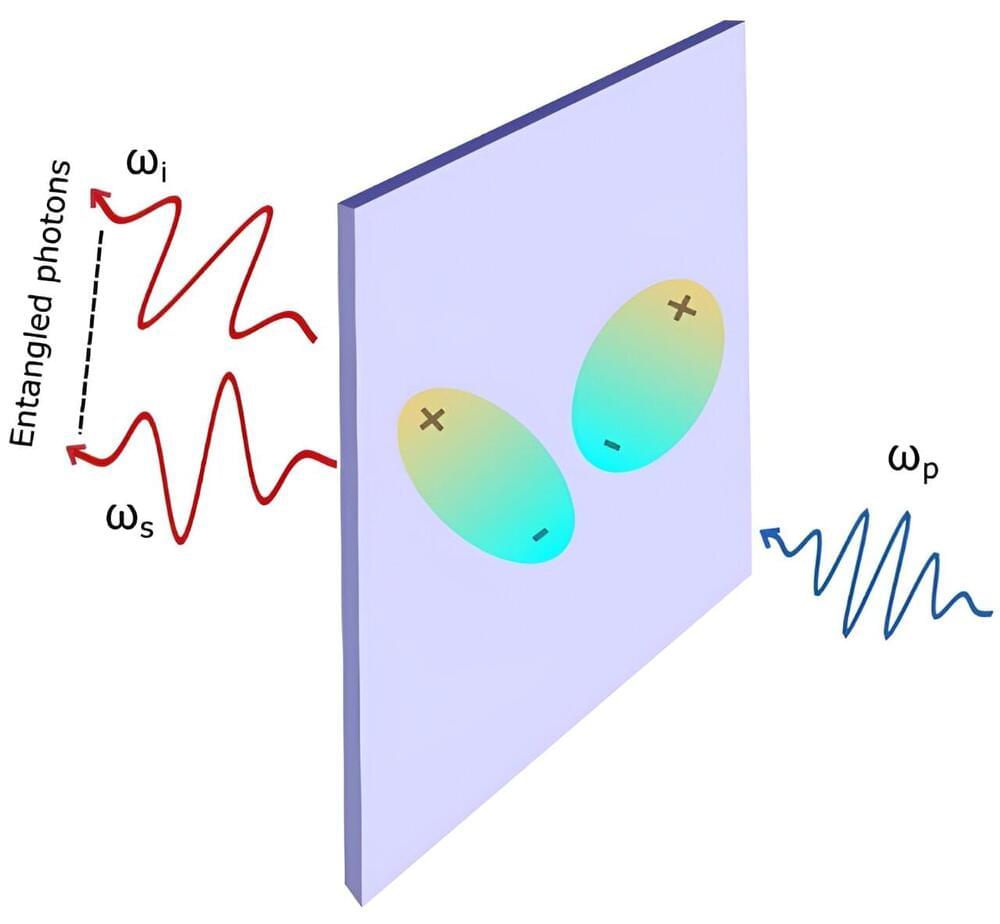
The researchers originally thought the lithium would be best housed in a “metal box” with an opening at the top. The plasma would flow into the gap so the lithium could dissipate the heat of the plasma before reaching the metal walls. Now, the researchers say a cave—geometrically just the inner half of a box—full of lithium vapor would be simpler than a box. The difference is more than just semantics: It impacts where the lithium travels and how effectively it dissipates heat.
“For years, we thought we needed a full, four-sided box, but now we know we can make something much simpler,” said Emdee. Data from new simulations pointed them in a different direction when the research team realized they could contain the lithium just as well if they cut their box in half. “Now we call it the cave,” Emdee said.
In the cave configuration, the device would have walls on the top, bottom and side closest to the center of the tokamak. This optimizes the path for the evaporating lithium, setting it on a better course for capturing the most heat from the private flux region while minimizing the complexity of the device.


















